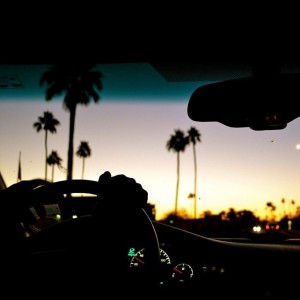Driving Advice Finland
 Going to Finland this summer? Here are som good advices for driving in Finland, that will keep you prepared and safe on your journey. General driving advice and special equipment for driving legaly in Finland. Use this as a checklist before you go to avoid any problems.
Going to Finland this summer? Here are som good advices for driving in Finland, that will keep you prepared and safe on your journey. General driving advice and special equipment for driving legaly in Finland. Use this as a checklist before you go to avoid any problems.
General driving advice Finland:
– A valid full driving licence. The original vehicle registration document and Your passport
– Make sure you have European breakdown cover.
– 112 is the emergency number across Europe.
– Don’t use a hand held mobile while driving.
– If you wear glasses, take a spare pair.
– It is recommended that you have a reflective jacket in the car – they are compulsory in many European countries.
– Speed camera / radar detection systems are illegal in most European countries. Come countries have also banned the use of sat navs which detect fixed speed cameras so ensure this is deactivated.
– Plan your journey
– There is only one safe rule when it comes to drinking and driving; if you drink, don’t drive.
Check your Car before taking of to Finland:
Service your car before you go to avoid expensive and frustrating breakdowns while away. Check the tread for wear – the legal limit in the summer for car tyres across Europe is 1.6mm but we recommend a minimum of 3mm as tyres wear quickly after 3mm. Check the tyre pressure – remember to check them when cold. Check tyres for any damage and replace them if you need to. Think about taking a puncture repair kit to get you on the road again without having to change a tyre, until you are able to get to a garage for a replacement.
Driving Advice Finland
– Warning Triangle
– It is compulsory to have third party motor insurance.
– Beware for any game such as elk and reindeer which could come on to the roads.
– The use of the horn is prohibited unless it’s an emergency.
– Look out for any signs letting you know the roads are going to be cleaned as this means you can’t park there and the street must be kept empty until told otherwise. Parking there would mean getting your car towed and paying a fee.
– Speed limits for private vehicles without trailers (may vary, always look out for signs):
In built-up areas 31 mph (50 km/h)Outside built-up areas 49 mph (80 km/h)No minimum speed on motorways but please keep a safe speed (no more than 74 mph, 120 km/h), especially during adverse conditions
– Seat belts: Seat belts are compulsory for front/rear seat passengers (if fitted.) In private vehicles (excludes taxis), children up to the age of 15 (measuring less than 4ft5in) must be seated using a child restraint system adapted to their size and weight.

